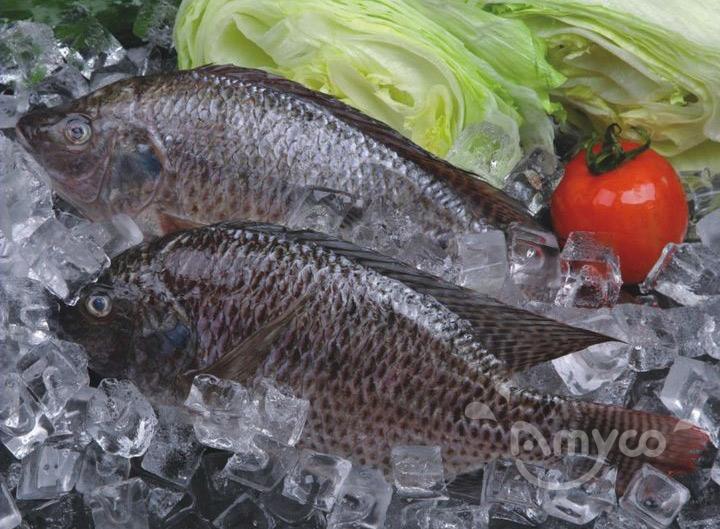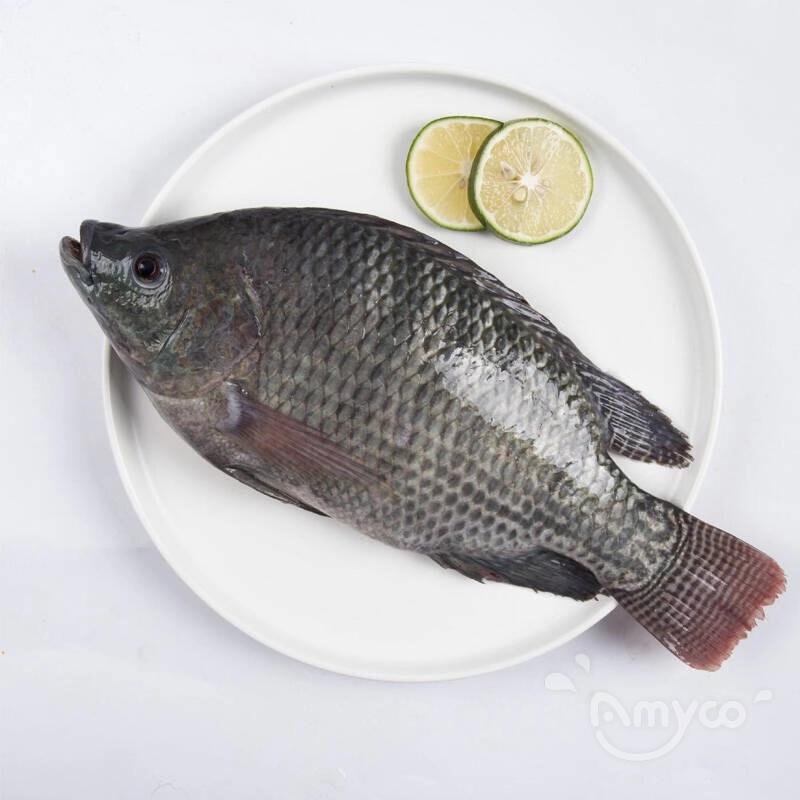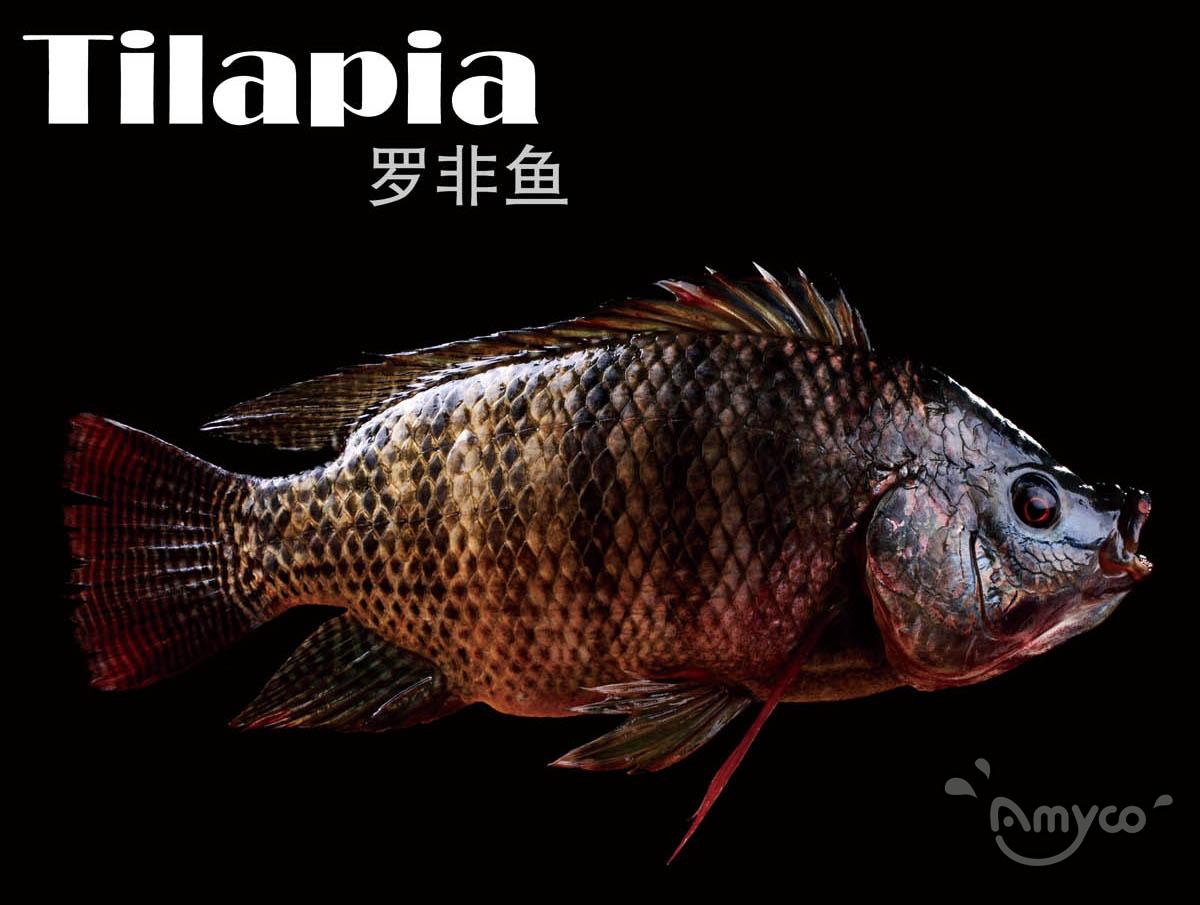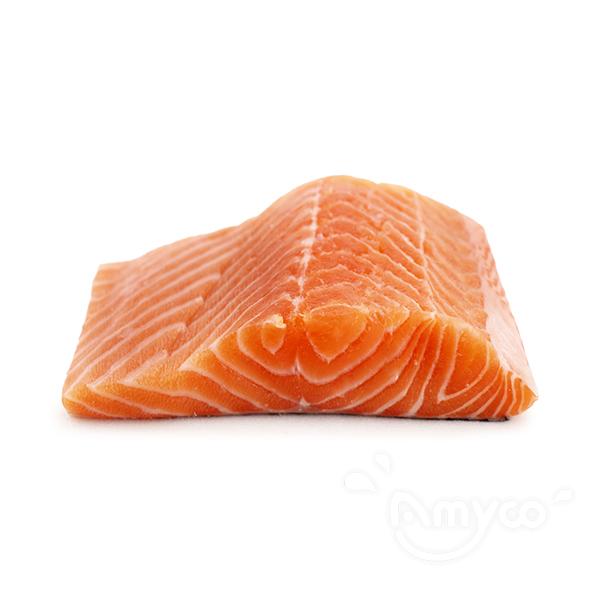Tilapia: the various processing methods from harvest to customers - 翻译中...
Tilapia is one of the most worldwide on sale aquaculture fishes, with over 3.2 million ton per year for the last 4 years, and an estimated value of 249 million dollars (USD) (FAO statistics 2017). China has the highest share of the global production (over 1.7 million ton/year since 2015), and is by far the greatest exporter of frozen tilapia.
In order to present a high quality product, the harvested tilapia goes, depending on the buyer or final customer, through various operations. Here we highlight the most common forms of tilapia’s products in the market and the processes they go through:
Fresh Tilapia’ fishes:
the harvested fish is cleaned and conserved in cold temperature (approximately the positive 0°C) to stop any form of alteration to the product. It is then transported directly to the final market to be sold to clients. In this case, the transport operations should not be long. The markets are usually places not far away from the farm. In order to maintain the low temperature, transporters use cold chambers, ice on surface of the product, or immerge it into a mixture of water, salt and ice. The freshness guaranties a high nutrition quality to the client and relatively good economic profit for the seller.
Frozen Tilapia’ fishes:
freezing Tilapia’ fishes gives it the advantage of conserve it for long period and, usually targets big/international markets. After the harvest, the product is cleaned and transported primarily to fast freezing under a temperature from -1°C to -5°C. This step is done in order to cover the fish with ice crystals, prior to decreasing fish temperature to -18°C or less and finally conserve it in a low temperature room. There are various methods to freeze the products e.g. freezing by direct contact, air blast freezing…
Transformed Tilapia’ products:
this process is done by specialized companies that buy the fresh tilapia and invest in the transformation to present different type of Tilapia’ products (e.g. Tilapia’s tin can, sausage…) depending on the targeted market. This transformation adds long conservation period to the final product, as well as more nutritional values, and, of course, good economic profitability.
Other than conservation methods, there are different ways to give tilapia’s products more market value. The selection of the material used in packaging the product is one of those methods. Product presentation and publicity play a crucial role in client attraction, and therefore add more economic value to the product.
All in all, the final customer and the investment capacity are the two most important factors to take into consideration in choosing the convenient valorization process and they also play a direct role in setting the expected profit from the product.





